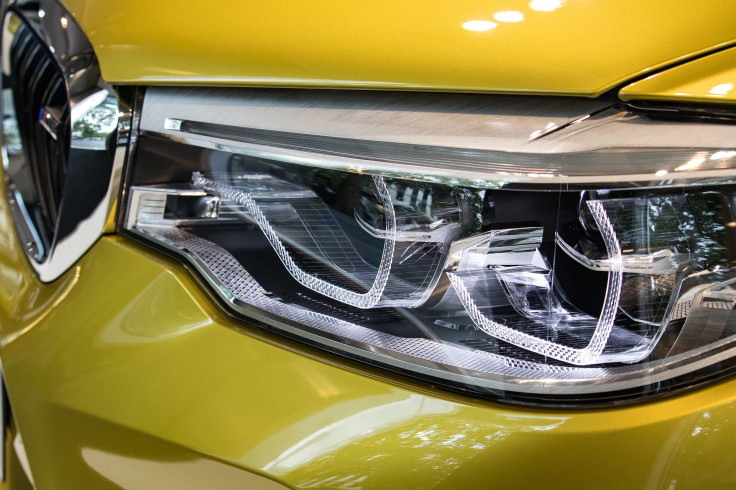Things You Need to Know Before You Switch to LED Headlights

Every type of car requires a headlight, with most cars using the halogen bulbs that are as bright as 35W HID headlights. However, considering that headlights are a standard requirement, there is a constant need to replace them from time to time, which includes getting an upgrade. As automobiles have advanced over the years, so too has car lighting and while there are different headlight options available today, your choice of headlight should be beyond aesthetics.
LED headlights are the latest innovation for vehicle forward lighting and are gradually taking over the automobile world. They are about 275% brighter than the regular halogen bulbs, which makes them the most sought-after recently.
Are you looking to switch to LED headlights? There are certain things you need to know to help you have an overall understanding, some of which are detailed in this article.
Improved Performance
The LED bulbs are specifically known to have a better performance on automobiles compared to its other counterparts. They have a stronger intensity and last longer, which makes your journey even better, due to the improved visibility. The brightness ranges from 4,000 to 12,000 lumens with a slight blue hue of 6,000K temperature and the heat produced is not a byproduct of the light emitted. With other kinds of headlights, the energy consumed is converted directly into a form of heat but with LED, the energy is rather used to generate more light. This makes it more efficient to use for a longer period of time.
Increased Lifespan
LED headlights are known for their long lifespan, as they do not require regular replacements, which helps minimize maintenance costs. They have what is called the L70 rating, which means LED must maintain 70% of their initial lumens during their rated life. They can afford up to 50,000 hours of light, and with the L70 rating, they would still be 70% as effective at 50,000 hours of use. With 50,000 hours, you can easily get over a decade of use from a single purchase, which makes it a good investment.
Brightness
LED headlights have improved luminous efficiency and although they could boast of thousands of lumens, some luminosity often gets lost in the light-emitting process. Various factors such as temperature, heat radiating area, and the size of the bulb can contribute to the loss of lumens in order to maintain thermal equilibrium. This reduces the number of lumens that are used for the actual light but regardless of how much is lost in the process, LED bulbs are still about six times more efficient than others. The latest LED bulb can provide up to 84.21 Lumens per Watt. However, with the increased intensity of the LED headlight bulbs and low power usage, the brightness lasts for a longer period.
Temperature and Colors
LED light sources are based on the Kelvin system of measure where warm white colors are for the temperatures between 2500 to 4000K and cool-flu whites are from 5000 to 8000K. Most LED headlights are, however, 6,000K color temperature, which is closer to the cool-flu whites. The temperature also determines the performance of the headlights, as lower temperatures tend to emit a higher amount of light and vice-versa.
Compatibility
The compatibility of the car and the headlights is as important as other factors to look out for. Most LED headlights models are suitable for a variety of cars but it is still important to confirm before you make the purchase. There are different ways to check for compatibility. You could check the user manual of your car or take out the bulbs you wish to replace and look for the bulb size or part number.
Conclusion
It is important to be familiar with these factors before purchasing LED headlights and know how they affect the quality of light emitted. While they are highly recommended, the LED quality often varies from brand to brand and it’s advisable to choose a respected manufacturer.




















